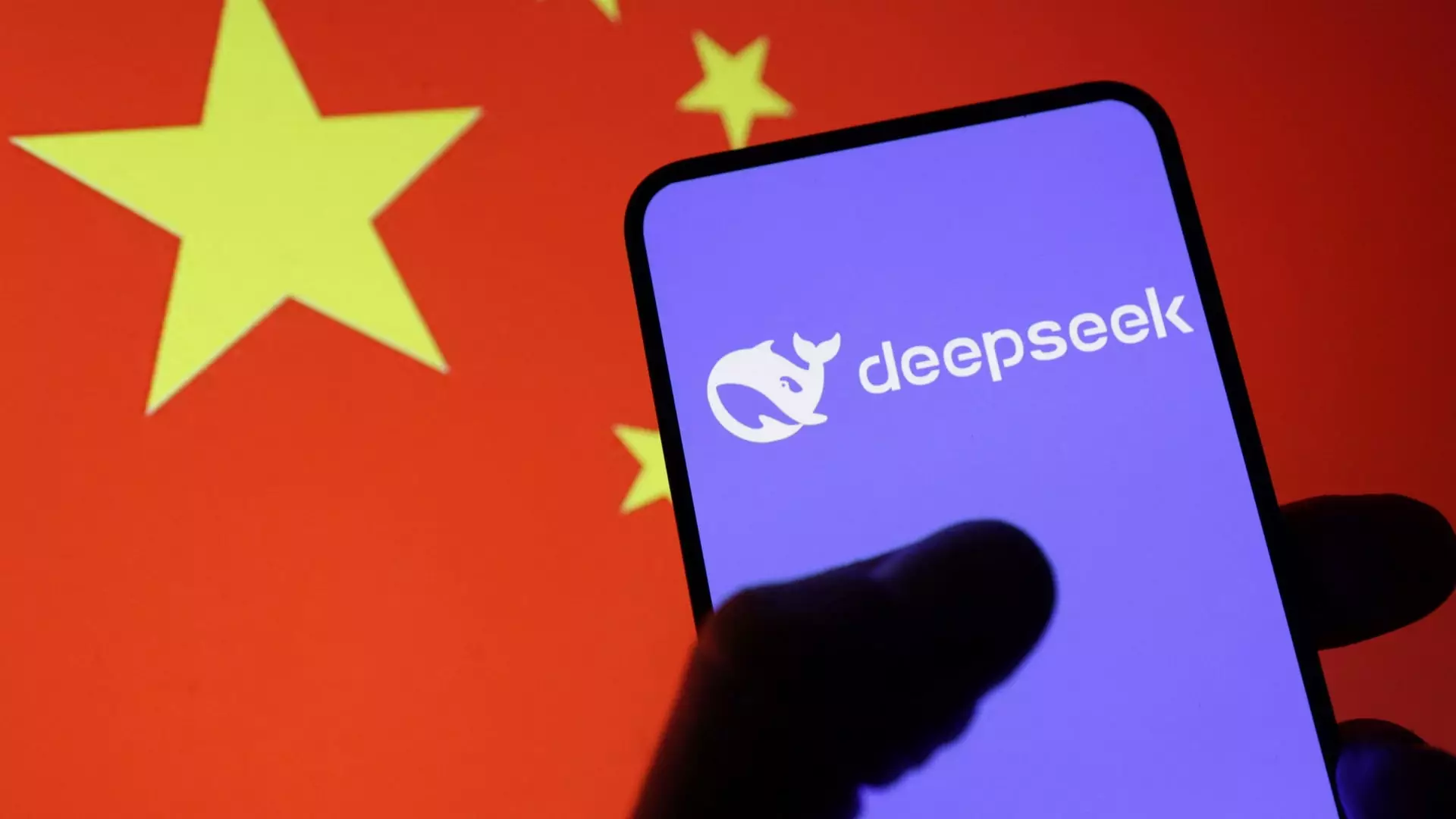China’s latest entry into the artificial intelligence arena, DeepSeek, has emerged as a disruptive force, capturing the attention of global tech leaders and raising pivotal questions about the future of AI. Following its rapid ascent, industry giants have voiced their views on this intriguing development, revealing both admiration and underlying concerns about the implications of this technology.
DeepSeek’s rise to prominence has been nothing short of astonishing. Initially flying under the radar, the company shot into the limelight with its R1 AI model, which outshone its counterparts not only in performance but also in cost efficiency. Reportedly developed for a fraction of the investment required for similar models in the United States, DeepSeek’s achievement has sent shockwaves through the stock market, particularly affecting tech giants like Nvidia and Broadcom, which saw their market values plummet in reaction to this new competition. The rapid climb of DeepSeek’s mobile application to the top of the Apple App Store further underscores its momentous impact.
As would be expected in this age of heightened competition, the response from esteemed tech leaders was swift and varied. Microsoft’s CEO, Satya Nadella, emphasized the “real innovations” presented by DeepSeek while also hinting at the broader trends associated with AI scalability. Nadella’s acknowledgment reflects a growing consensus that the future of computing is intertwined with the evolution of artificial intelligence, regardless of geographical boundaries.
Conversely, Apple’s CEO, Tim Cook, offered a more cautious perspective, emphasizing the importance of innovation that promotes efficiency without directly commenting on the strategic implications of DeepSeek. His stance highlights the delicate balance tech companies must strike between fostering innovation and safeguarding their market positions.
The emergence of DeepSeek has also reignited discussions around national priority in AI, especially in the context of U.S.-China relations. In the wake of this revelation, former President Donald Trump emphasized the necessity for America to bolster its AI capabilities. Plans, such as the Stargate initiative, aim to galvanize investment in domestic AI infrastructure by encouraging collaborations between major tech players. The imperative to keep pace with China’s advancements in AI has now become a salient focus, underscoring a broader geopolitical narrative about technological superiority.
Palantir’s CEO, Alex Karp, further illuminated the discussion by emphasizing that technology, as a tool, possesses an inherent duality — its potential for good can be counterbalanced by its misuse. Karp’s comments underscore a crucial aspect of the ongoing dialogue about AI: as companies race to innovate, they must also acknowledge the ethical responsibilities that accompany technological progress.
The implications of DeepSeek’s ascendancy have been felt not just in boardrooms but also on Wall Street. The staggering drop in stock values for prominent semiconductor manufacturers raises red flags about the vulnerability of American firms facing rapid technological advancements abroad. The market’s reaction serves as a visceral reminder of how swiftly perceptions can shift when confronted with new challengers in a dynamic tech landscape.
Moreover, the contrasting forecasts from major tech companies regarding AI infrastructure investments underline the uncertainty shrouding the industry as it navigates this transformative era. Meta’s intention to invest substantially in computing capabilities indicates a recognition that the fight for supremacy in AI will require significant resources and a long-term strategic vision.
Amid the upheaval, there is a spirit of resilience and determination among U.S. tech leaders. Reid Hoffman, a notable figure in the field, posited that the competition spurred by DeepSeek should not signal panic among American companies. Instead, it should ignite a renewed commitment to innovation and collaboration within the industry. Hoffman’s ongoing endeavors, including his recent venture, Manas AI, emphasize the need for agility in a landscape where technological prowess is increasingly critical.
OpenAI’s Sam Altman also expressed a keen ambition to not only stay competitive but to continually push the boundaries of what AI can achieve. His confidence signals his understanding of the broader context: the success or failure of models hinges not solely on cost but on the capacity to innovate and adapt to ever-changing demands.
As DeepSeek draws attention for its technological innovations and cost-effective solutions, it crystallizes the idea that the global AI landscape is in a state of flux. For industry leaders, this represents both a challenge and an opportunity. The responses and strategies adopted by American tech firms in the wake of this development will undoubtedly shape the future of artificial intelligence as they fight to redefine their positions in this new era. The stakes have never been higher, and the path forward could redefine what it means to lead in technology amidst a reshaping of global power dynamics.

